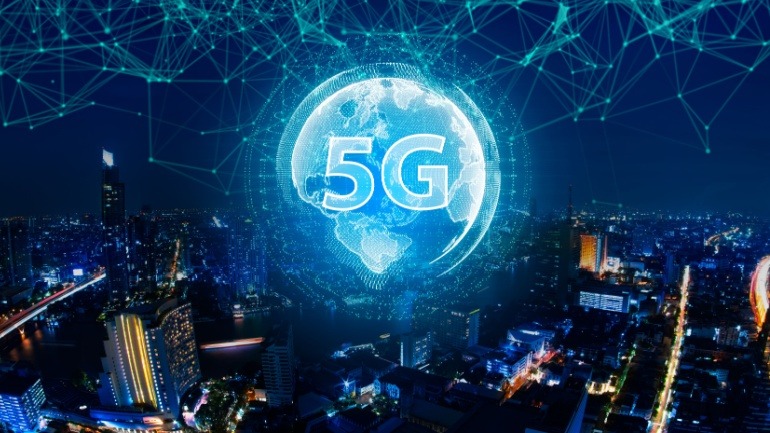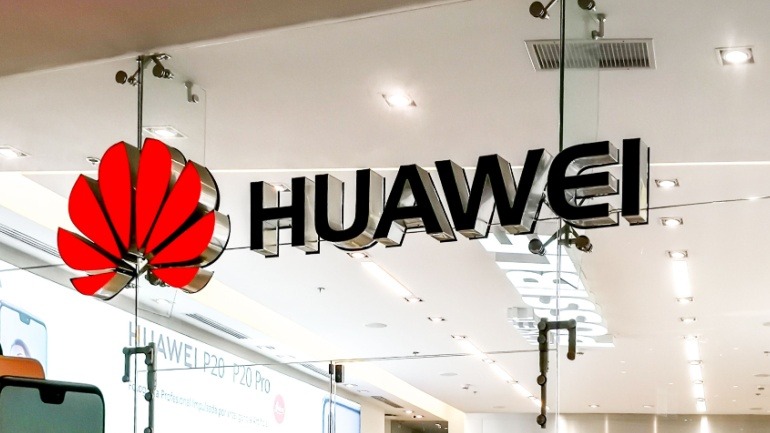U Mobile plans to exit DNB and build its own 5G network, aiming to cover 80 percent of Malaysia’s populated areas within a year. Partnering with Huawei and ZTE, the company will focus on advanced 5G features and enhanced indoor coverage while continuing to offer 5G services through a wholesale agreement with DNB.
MasOrange has launched Spain’s first 5G Advanced network, setting a new benchmark in telecoms. Deployed in Seville, the network uses mid and low bands, the 26 GHz spectrum, and a 3.5 GHz band, offering innovative services like 5G New Calling, enhancing connectivity and customer experience.
U Mobile is transforming Malaysia’s 5G landscape by partnering with Huawei and ZTE to deploy the country’s second 5G network. Aiming for 80% population coverage within a year, U Mobile emphasizes robust 5G performance. This strategic move aligns with government efforts to boost competition and service quality.
Shanghai has become China’s first mega-city to achieve comprehensive 5G coverage throughout its entire metro system. This milestone spans all 21 metro lines, significantly enhancing Shanghai’s transportation network with real-time operations, predictive maintenance, and smart urban transit.
AI and mobile technologies are set to add $2 trillion to China’s economy by 2030, making up 8.3% of its GDP, according to the GSMA. Driven by 5G and AI integration across industries, especially manufacturing.
China Mobile, the largest mobile carrier globally, is set for significant 5G infrastructure expansion in 2025, aiming for 2.8 million base stations. With a surging 5G subscriber base, making up 55% of users, and rising financial performance, this move positions China Mobile as a leader in the mobile network industry.
Ericsson, Volvo Group, and Bharti Airtel have joined forces to revolutionize Industry 4.0 and pave the way for Industry 5.0 in India through a groundbreaking research collaboration. By integrating 5G, XR, and AI, this partnership aims to transform manufacturing, enhance processes in real time, and position India as a hub for industrial innovation.
Ericsson and Ooredoo Qatar’s collaboration heralds a new era of digital transformation with strategic 5G solutions targeting enterprises and the public sector. This partnership promises to enhance connectivity, boost efficiency, and support sustainability by deploying private networks for vital sectors.
Samsung and KDDI Research are spearheading the integration of artificial intelligence into future 6G networks. By enhancing multiple-input multiple-output (MIMO) systems with AI, they aim to boost transmission speeds and network capacity, revolutionizing mobile networks.
Huawei’s display at the MWC in Barcelona showcased their cutting-edge solutions for telecoms carriers, focusing on the transformative power of 5G and AI. Huawei’s innovations in AI-centric network solutions aim to enhance telecom infrastructure, streamline operations, and meet the increasing demands of AI applications.













